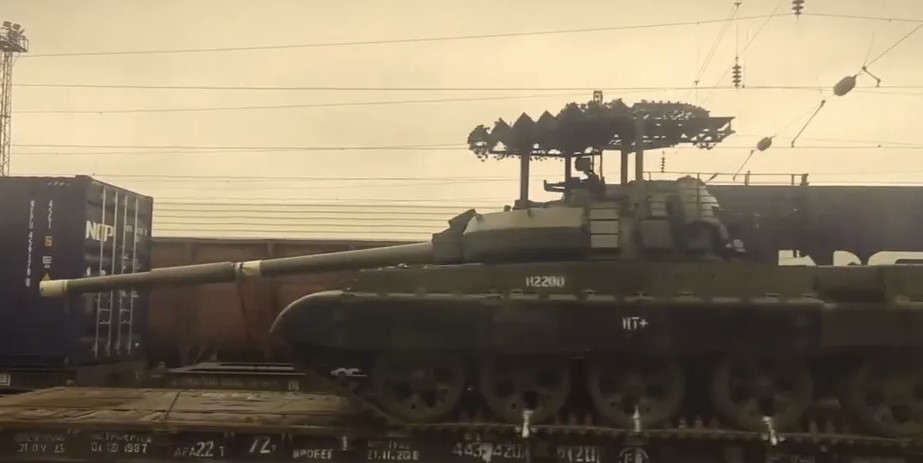The T-62M, a modernized version of the T-62 introduced in the 1960s.
Others are reading now
In recent weeks, a new sight has emerged on the Russian front lines: trains carrying outdated T-62M tanks.
Introduced in 1960s
Despite Russia’s claims of producing hundreds of tanks annually, the reality involves refurbishing aging models from Soviet stockpiles. These T-62M tanks, retrofitted with additional armor and anti-drone features, underscore a significant issue for the Russian military.
The T-62M, a modernized version of the T-62 introduced in the 1960s, received upgrades in the 1980s with added composite armor and reactive armor blocks known as Kontakt-1. Despite these enhancements, the T-62M’s battlefield utility today is minimal. The tank’s armor provides only limited protection, mainly against automatic weapons rather than modern anti-tank threats. Its 115 mm gun is ineffective against more recent Russian tanks like the T-72 and T-80, and it lacks modern night vision and thermal imaging capabilities.
Vulnerable to Modern Weapons
Recent reports highlight the increasing use of T-62M tanks in Russian offensives around Kharkiv, revealing a strategic shift driven by a shortage of more advanced T-80BW, T-90A, and T-72B models. As a result, the Russian military is deploying these outdated tanks in regular armored assaults. However, these tanks are far more vulnerable to modern anti-tank weapons and drones.
Also read
Despite the added features such as reactive armor and an anti-drone canopy, the T-62M remains a largely ineffective platform in the modern battlefield, serving more as mobile artillery than a robust combat vehicle. Comparatively, even older models like the Leopard 1A5 provided to Ukrainian forces offer superior fire control systems and protection, highlighting the growing disparity in armored capabilities between the opposing forces.



